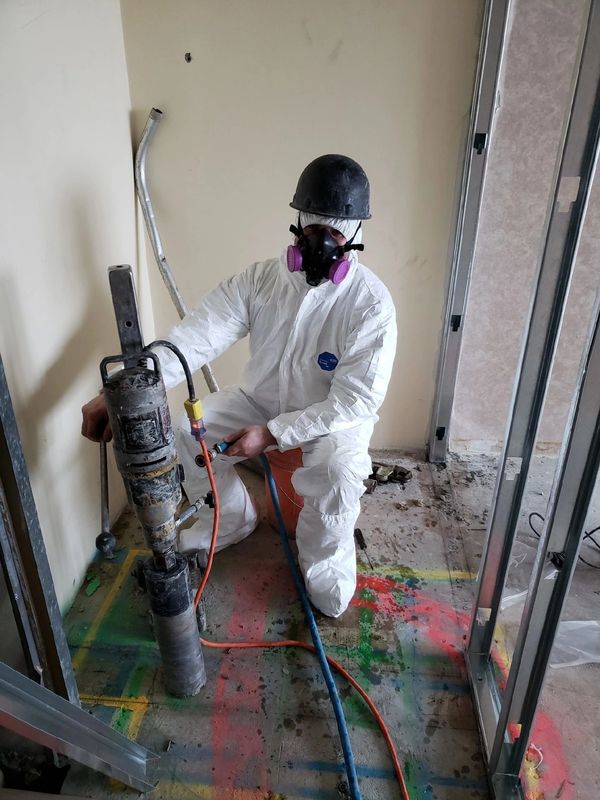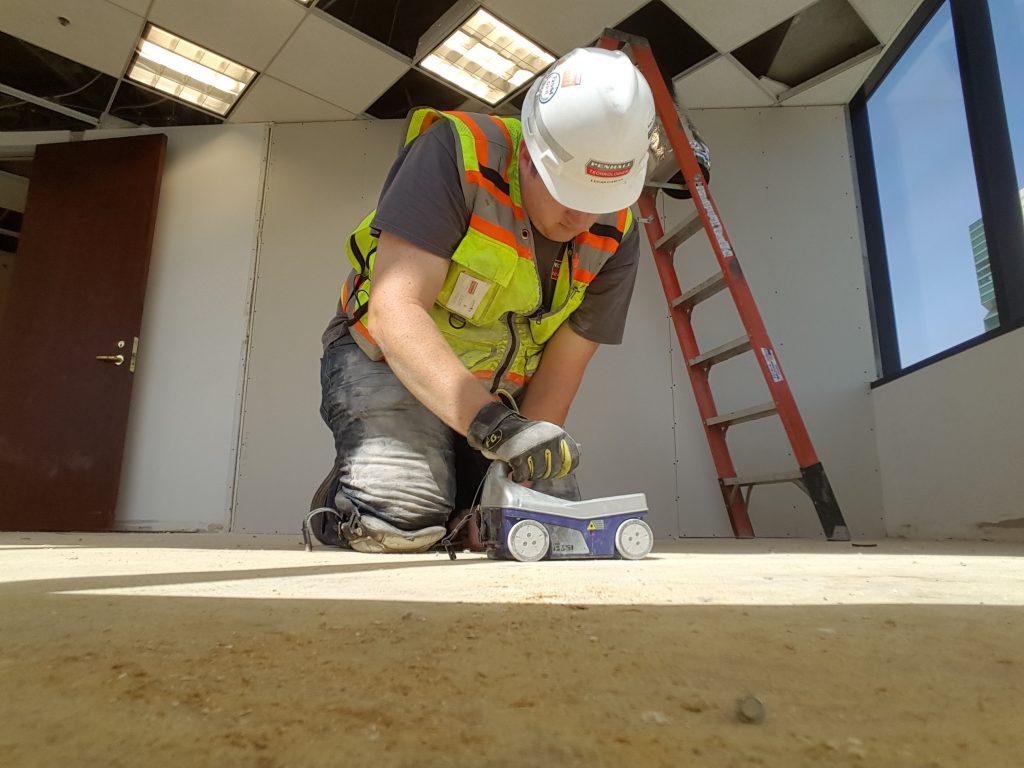Accuracy and Accuracy in Concrete Scanning Solutions
Accuracy and Accuracy in Concrete Scanning Solutions
Blog Article
Introduce the Transformative Power of Concrete Scanning in Making Best Use Of Effectiveness and Safety And Security
Concrete scanning has actually emerged as a critical tool in the construction sector, providing unequaled advantages in boosting project efficiency and making sure safety standards. The transformative power of concrete scanning exists in its ability to provide in-depth insights and real-time information, revolutionizing exactly how jobs are planned and implemented.
Relevance of Concrete Scanning
Making certain the architectural stability and safety of building and construction projects starts with the important step of carrying out detailed concrete scanning. Concrete scanning is a non-destructive technique utilized to spot and map subsurface elements within concrete structures. This procedure is crucial in identifying possible risks, such as rebar, post-tension cords, and channels, that might be concealed within the concrete. By using sophisticated modern technologies like ground-penetrating radar (GPR) and electro-magnetic induction, construction groups can precisely locate these elements without creating any kind of damages to the framework.
Additionally, concrete scanning helps in enhancing project timelines and budget by preventing unforeseen costs and delays that may arise due to unforeseen obstructions within the concrete. Inevitably, investing in detailed concrete scanning is an aggressive method that improves both performance and safety and security in building and construction projects.
How Concrete Scanning Works
Concrete scanning operates as a critical tool in construction tasks by employing advanced innovations to discover and map subsurface components without creating structural damages. Ground Permeating Radar (GPR) and Electromagnetic Induction (EMI) are two key approaches used in concrete scanning.
Throughout the scanning process, the data collected is examined in real-time, enabling prompt recognition of potential risks or challenges below the surface. By utilizing these innovative innovations, concrete scanning considerably reduces the threat of costly damages and injuries on construction sites.
Advantages of Concrete Scanning
One of the primary benefits of concrete scanning is the capacity to identify and locate ingrained things such as rebar, post-tension cable televisions, and conduits properly. Concrete scanning assists in preparation and designing a lot more properly, as it offers specific information about the place and deepness of structural parts.

Study: Concrete Scanning Success

In another situation, a building company made use of 3D concrete scanning to assess the condition old concrete structures in a historical structure. The thorough scans given valuable understandings right into the extent of damage and aided prioritize maintenance efforts properly. By proactively dealing with areas of worry determined through scanning, the company was able to expand the lifespan of the structure and ensure owner security.
These situation studies underscore the transformative power of concrete scanning in enhancing efficiency, precision, and safety in building and construction jobs.
Executing Concrete Scanning in Projects
Applying advanced scanning innovations throughout building and construction jobs has become progressively crucial for improving accuracy and security. By integrating concrete scanning right into job preparation and execution, building and construction teams can identify possible threats, such as rebar or post-tension cables, hidden within concrete frameworks. This aggressive strategy decreases the threat of mishaps, hold-ups, and expensive rework, inevitably bring about more effective project timelines and budgets.
To carry out concrete scanning properly, job supervisors must team up carefully with skilled scanning professionals to determine one of the most suitable scanning methods for the particular project requirements. Engaging scanning specialists from the onset of a task makes it possible for the group to develop detailed scanning plans read review that address vital areas of problem and make certain detailed information collection.
In addition, including concrete scanning right into routine task operations can improve decision-making processes, as real-time scan information offers prompt understandings into the condition of concrete structures - Concrete Scanning. This data-driven method assists in informed analytical and allows teams to make changes quickly, promoting a culture of effectiveness and security throughout the job lifecycle

Final Thought
In final thought, concrete scanning plays an important duty in boosting performance and safety in building and construction jobs. By utilizing innovative technology to map and discover out underlying structures within concrete, this procedure helps to avoid costly blunders, guarantee architectural honesty, and lessen risks on site. With the capability to reveal covert components and offer precise data, concrete scanning confirms to be a valuable tool for optimizing task results and making best use of total success.
Concrete scanning is a non-destructive method used to spot and map subsurface components within concrete frameworks. In addition, concrete scanning helps in optimizing task timelines and spending plan by staying clear of unexpected prices and hold-ups that might arise due to unforeseen view it now blockages within the concrete. One remarkable case research includes a massive improvement job where concrete scanning played an essential duty in ensuring task success.In an additional instance, a building and construction business utilized 3D concrete scanning to examine the problem of aging concrete frameworks in a historical building. By integrating concrete scanning into job preparation and execution, construction groups can determine prospective dangers, such as rebar or post-tension cable televisions, concealed within concrete frameworks.
Report this page